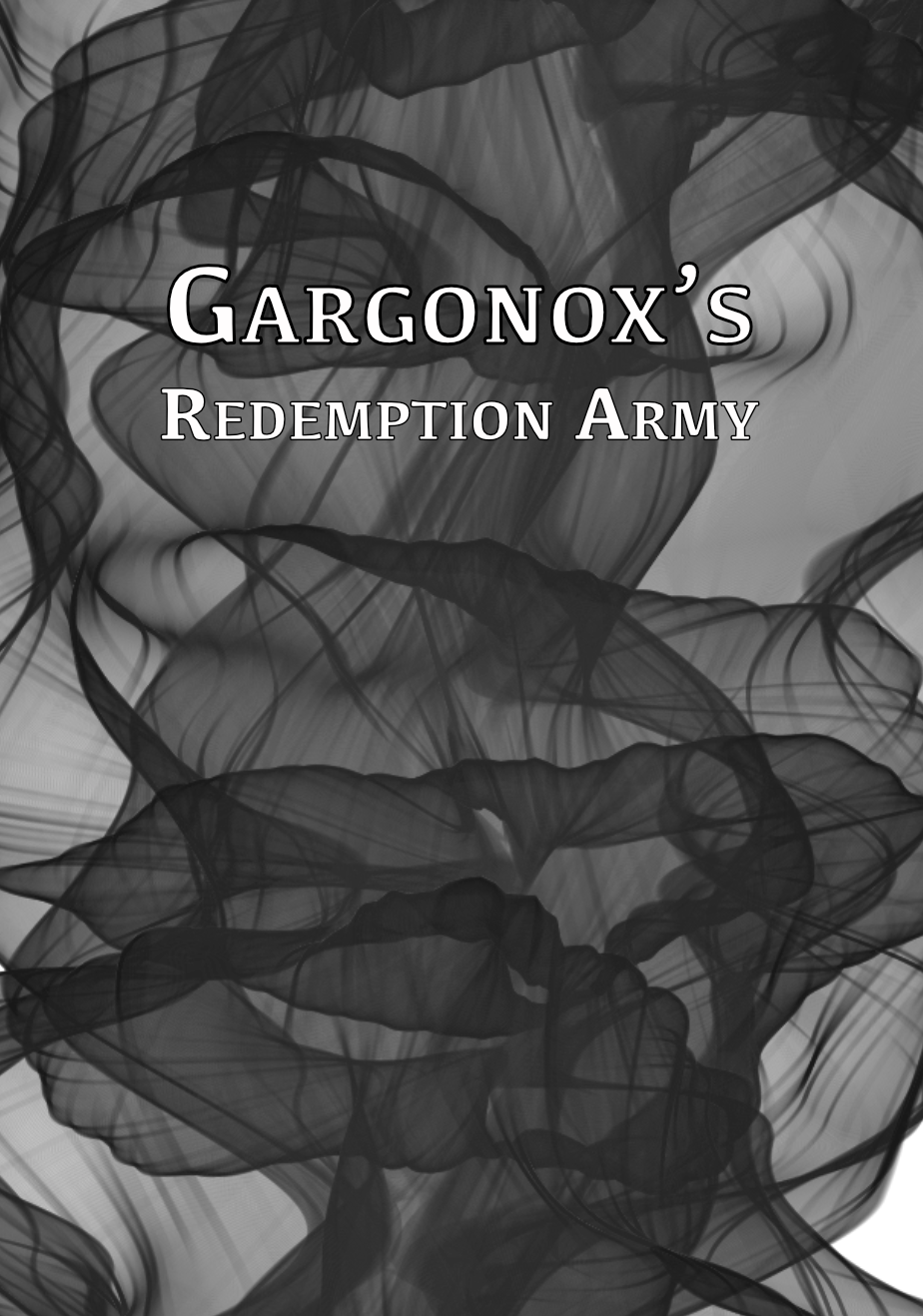I haven’t thought about The Medusa in a little while, so I’m unsure how much of this is homebrew and how much canon. Your mileage may vary, I suppose. It’s fun to share though.
Lady Nine-Bone’s fingers allow her to read the surface thoughts of the original owner. The fingers grow back quickly after being taken. She carried a device – The Stripper – to do this.
- Psathyrella. The Medusa. [Cells. Stoney, snake fangs.] Has one charge of Flesh To Stone per day, which persists as long as the finger exists. (She is usually thinking of how lonely she is, or admiring a piece of art which she finds either boring or fascinating.)
- Torgos Zooth. The Selenian. [Almery. A slight glow of moonlight.] Has one charge of Compel Truth Or Lie, which lasts for one hour. (He’s looking for ways to find his children, or chasing off Critics or Pelory.)
- Xanthoceras.The Obsessed Lich. [Gardens. Dripping wet.] Has one charge of Gain Lich Immunities, which lasts for 1 hour. (He’s trying to decide what his next bounty should be in an attempt to impress Zamia.)
- See–me-no-more. The Invisible Lizardman. [Archive. Flickering between visible and not.] Has one charge of Greater Invisibility, lasting 1 hour. (He’s cursing those that know his name and wondering how to break that particular part of the curse, or he’s considering new alchemical agents.)
- Kinxys Ziteki. The Last Saurid King. [Gallery. Bones. The flesh rotted away.] Has one charge per day of Regenerate Limb. (His thoughts are slow and old and mutters only of being hungry. She’s not listened to them recently, as they were boring. After all, he’s dead.)
- Torcul Wort. The Gold Boy. [Wedding. A golden digit.] Has one charge per day of diving the provenance of gold. Aurem Spectors avoid her. (His thoughts are of the machine and how fantastic it is, or cursing his mother for being a traitor.)
- Milo DeFretwell. Psycopath. [Gallery. Dripping blood.] Has one charge of Detect Intentions each day. (She does not read his thoughts. She only has the finger to ensure he’s still locked away.)
- Quatri-Glotta. The Elephanine True Teller. [Cells. Tiny elephant foot.] Has one charge of Detect Secret per month. (He’s quiet when alone, only wanting food.)
- Dendro Blackpoll. Severed Hands. [Almery. Blackened evil.] Can open any of the doors in the Almery at any distance. This is how she makes her way through. (Dendro suggests a way of the Medusa dying, and Blackpoll disagrees. Drendro always thinks he can save her. Blackpoll is unsure.)

